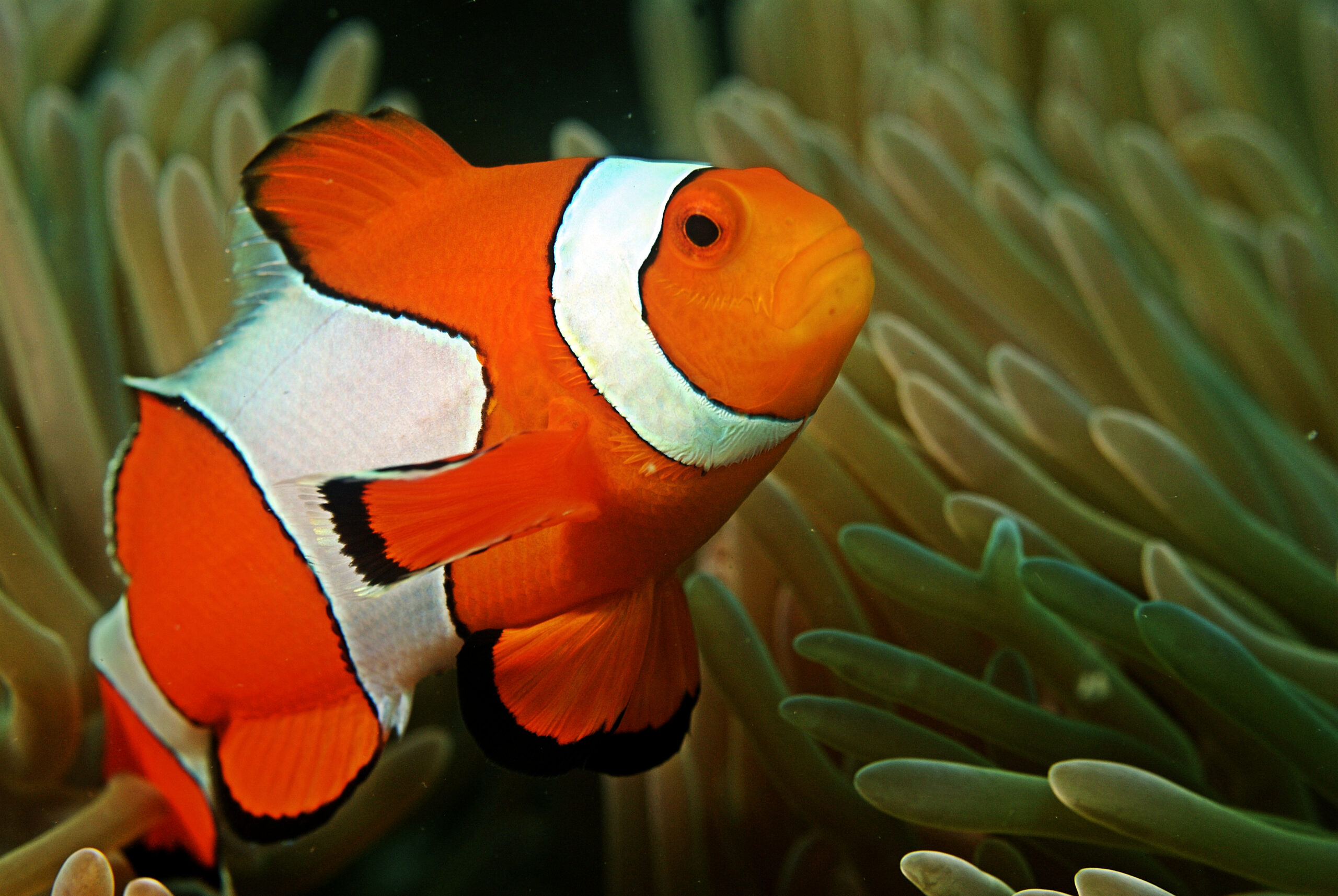How do some fish change sex?

Okay for your aquarium science post of the day, how and why do some fish change sex.
Sex is determined at birth for humans (not our gender before anyone starts on that). XX or XY for the majority and that can’t change throughout our lives. For a minority, they have another combination of those two chromosomes and this can present in a huge number of ways.
Fish however are so varied that even their chromosomes aren’t the same, and for about 500 species they don’t remain the same sex through their lives. But the big question is how and why.
Clownfish
Alright, let’s look at Nemo and Marlin and how the real story would never have made it to a children’s movie. Nemo would have been born male, but not acting as a male until he reached a certain social status. Marlin would have been the largest of these male subordinates until he became the dominant male, Coral, Nemo’s Mum would have been much larger, the dominant fish, and that would mean she would have made the change to being female.
Once Coral was eaten Marlin would have become female, and eventually, Nemo would have transitioned to being the male. Yeah if this is the first time realising that Marlin is searching for her husband, not his son, sorry. But there was a hint when Coral and Marlin are discussing names, they decide one will be Nemo, and the rest Marlin Jnr.
Clownfish biology
Children’s stories aside, the biology of the Clownfish, Amphiprion percula, is fascinating and has led to them being some of the most studied fish in marine science.
Clownfish are born with both sets of sex organs, but for most of their life only the testes are working, and the ovaries are in an immature state. Functional males will have a little over half their sex organs as ovaries, and testosterone dominating as the sexual hormone. Once the dominant female is removed, the dominant male’s brain starts sending signals. They will start flirting with the next dominant male, and showing a larger amount of aggression, yes I know clownfish have more aggression to show. Meanwhile, their ovaries start to mature as estrogen is released into their system, and their testes start to degenerate.
Interestingly enough there are examples of males where they’re left alone, with no other males or females, that have remained male. Clearly, something is going on in their brains, but the entire picture isn’t as clear as it could be.
But Why?
But why are they going to all this effort when other fish are managing just fine without going through these changes? It’s probably a way to reduce competition between the dominant sex. In this case females. With their relationship with anemones, these fish live in close proximity and knowing how downright homicidal clownfish females can be it’s no surprise that two females wouldn’t manage to thrive together.
Further reading

